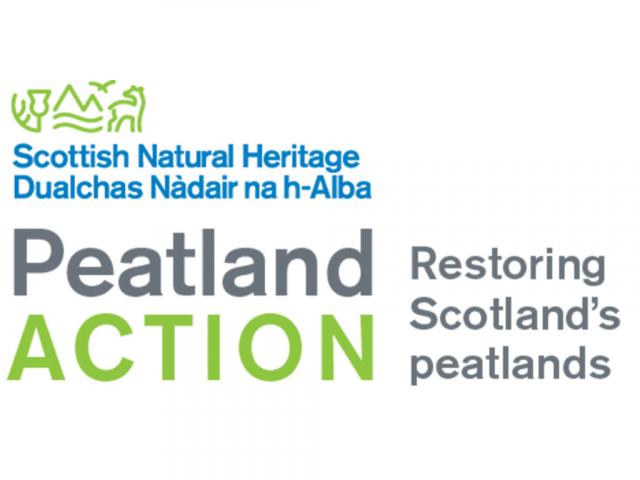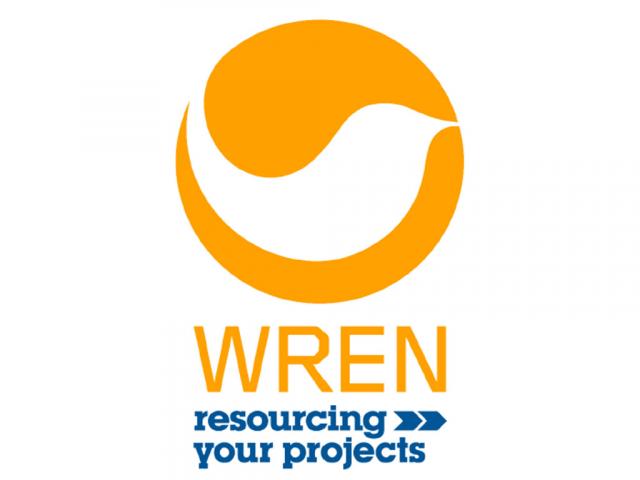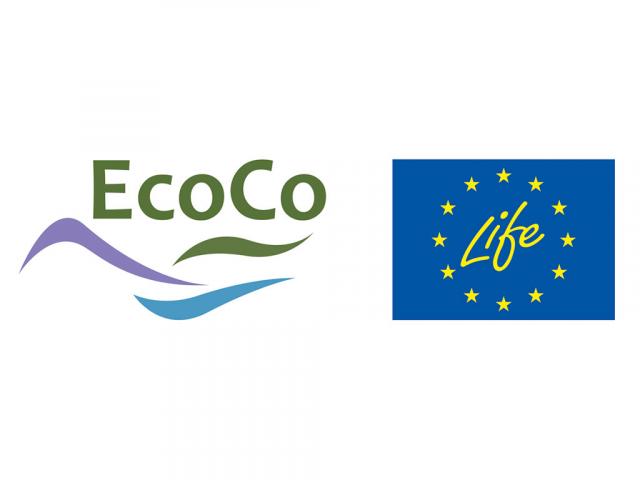Lanarkshire’s Large Heaths and Mosses is our exciting new project designed to help restore one of our most threatened and precious habitats. The peatlands of South Lanarkshire once dominated the local landscape.
However, over the last 200 years or so much of them have been drained and converted to agriculture, or planted with conifers. The remaining fragments of this habitat, locally called mosses, have been left damaged and degraded yet are still home to some of Scotland’s most threatened wildlife including the beautiful Large Heath butterfly and many moth species.
The Large Heath butterfly is endemic to peatland habitats and our research has shown that its range across the UK decreased by 58% between 1976 and 2014. We believe the primary causes of the butterfly’s decline are due to peatland fragmentation and degradation. The fringes of lowland peatlands which are often dominated by wet woodland and scrub also provide habitat for other rare and rapidly declining butterfly and moth species, including Small Pearl-bordered Fritillary and Wood Tiger.
Our project will focus on a cluster of peatland sites to the north-east of Lanark including Braehead Moss SSSI, Cranley Moss SSSI and Blacklaw Moss Wood. Our restoration work is aimed at re-wetting bogs so that natural flora and fauna can thrive and peat formation can take place again in the future. The work, including ditch-damming and invasive scrub removal, will be carried out by specialist contractors and trained volunteers from our Bog Squad.
The project will also survey and monitor the flora and fauna of the sites to help improve our knowledge of these under-recorded habitats. We will also monitor the hydrology of each site enabling better understanding of the habitat condition and the success of our restoration efforts.
The Lanarkshire’s Large Heaths and Mosses – Restoring Precious Peatlands project is funded by WREN and EcoCoLIFE and Butterfly Conservation's 'Matchpot' fund.
Project Aims
The peatlands of South Lanarkshire once dominated the local landscape. However, over the last 200 years or so much of them have been drained and converted to agriculture, or planted with conifers. The remaining fragments of this habitat, locally called mosses, have been left damaged and degraded yet are still home to some of Scotland’s most threatened wildlife including the beautiful Large Heath butterfly and a range of threatened moth species.
The Large Heath butterfly is endemic to peatland habitats and our research has shown that its range across the UK decreased by 58% between 1976 and 2014. We believe the primary causes of the butterfly’s decline are due to peatland fragmentation and degradation. The fringes of lowland peatlands which are often dominated by wet woodland and scrub also provide habitat for other rare and rapidly declining butterfly and moth species, including Small Pearl-bordered Fritillary and Wood Tiger.
The project will focus on a cluster of peatland sites to the north-east of Lanark including Braehead Moss SSSI, Cranley Moss SSSI and Blacklaw Moss Wood.
Methods
Restoration work will be aimed at re-wetting bogs so that natural flora and fauna can thrive and peat formation can take place again in the future. The work will include:
- Ditch-damming and invasive scrub removal on three mosses to be carried out by specialist contractors and trained volunteers
- Surveying and monitoring the butterflies and moths of these under-recorded sites to help improve our knowledge of these under-recorded habitats
- Monitoring the hydrology of each site to enable better understanding of the habitat condition and the success of restoration efforts.
- Access to Braehead Moss will be improved enabling the local community and visitors to engage further with this special places
- Engaging with local landowners to emphasise the importance of peatland sites for biodiversity and people
- Support and train local groups and volunteers to assist with conservation management and monitoring
Delivery
The project is managed by the Butterfly Conservation Scotland Team based in Stirling, overseen by Paul Kirkland, Scotland Director. Peatland Restoration Project Officer David Hill manages the delivery of the restoration work, which includes ditch-blocking and invasive scrub management. Specialist peatland contractors and trained volunteers carry out this vital work. Surveys and monitoring of the Large Heath butterfly and other important Lepidoptera will be carried out by staff and trained volunteers.
Partners
This project was developed by Butterfly Conservation and works closely with Scottish Natural Heritage, Forestry Commission Scotland and local landowners.
Project Funders
The Lanarkshire’s Large Heaths and Mosses – Restoring Precious Peatlands project has been funded by Peatland ACTION, WREN’s FCC Scottish Action Fund, through the Scottish Landfill Communities Fund and EcoCoLIFE, funded with a contribution of the Life+ financial instrument of the European Community.



Contact
David Hill, Peatland Restoration Project Officer, Butterfly Conservation Scotland, email; @email or direct line: 01786 459813

